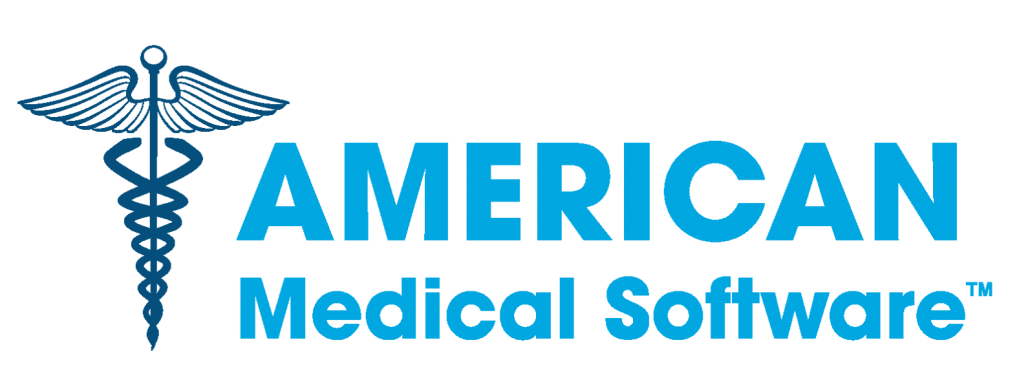How to Make Electronic Medical Records a Reality
IN the world of technology, inventors are hailed as heroes. Yet it is more subtle forms of innovation that typically determine the impact of a technology in the marketplace and on society. Clever engineering, smart business models and favorable economics are the key ingredients of widespread adoption and commercial success.
History abounds with evidence. For years, much of what was known as “Yankee ingenuity” was, in fact, the American ability to pursue commercial applications of British inventions, from the Bessemer steel process to the jet engine. Even in computing, which we regard as made-in-America technology, the first stored-program computer, simple programming language and reusable code were pioneered in Britain.
But, of course, computer technology and the industry really flowered in the United States. That happened in no small part because the federal government nurtured the market with heavy investment, mainly by the Defense Department, and by choosing standards, like the Cobol programming language.
Today, Washington is about to embark on another ambitious government-guided effort to jump-start a market — in electronic h ealth records. The program provides a textbook look at the economic and engineering challenges of technology adoption.
ealth records. The program provides a textbook look at the economic and engineering challenges of technology adoption.
In its economic recovery package, the Obama administration plans to spend $19 billion to accelerate the use of computerized medical records in doctors’ offices. Medical experts agree that electronic patient records, when used wisely, can help curb costs and improve care.
The proof is seen in large medical groups, with hundreds or thousands of physicians. They sift, sort and analyze the data from digital records, for example, to better manage the health of patients with costly, chronic conditions like diabetes and heart disease. These larger groups have the scale to invest in information technology, and they are often insurers as well as providers, so they benefit directly from the cost savings.
Yet these large groups are the exceptions in American health care. Three-fourths of the nation’s doctors practice in small offices, with 10 doctors or fewer. For most of them, an investment in digital health records looks like a cost for which they are not reimbursed.
It is scarcely surprising, then, that only about 17 percent of the nation’s physicians are using computerized patient records, according to a government-sponsored survey published last year in The New England Journal of Medicine.
“This is really not a technology problem,” observed Erik Brynjolfsson, an economist at the Sloan School of Management at the Massachusetts Institute of Technology. “It’s a matter of incentives and market failure.”
That market failure is a principal target of the Obama administration’s plan. A main feature of the legislation calls for incentive payments of more than $40,000 spread over a few years for a physician who buys and uses electronic health records. But the technology is just a tool, one that needs to be used properly to improve health care.
So the legislation states that physicians will be paid only for the “meaningful use” of digital records. The government has not yet defined that term precisely. While the long-term goal is better health for patients, that can take years to measure. Consequently, many health experts predict that the meaningful use will be a requirement to collect and report measurements that can be closely correlated with improved health. Examples would be data for blood glucose, cholesterol and blood pressure levels for diabetes patients.
The legislation, health experts say, seems thoughtfully put together, but the obstacles to success will be daunting. “What’s underappreciated is the implementation challenge,” said Dr. Blackford Middleton, chairman of the Center for Information Technology Leadership, a research arm of Partners Healthcare in Boston.
A crucial bridge to success, according to experts, will be how local organizations help doctors in small offices adopt and use electronic records. The new legislation calls for creation of “regional health I.T. extension centers.” In a letter to the White House and Congress last month, Dr. Middleton and 50 other experts emphasized the importance of these centers and pointed to the Primary Care Information Project in New York City as a model.
 The New York project’s brief history, beginning two years ago with $27 million in financing, offers a glimpse of the challenges of wiring small physician practices. The New York team, headed by Dr. Farzad Mostashari, an assistant commissioner in the city’s health department, started by bringing in decision-support experts in medicine to study how doctors work, so the technology would be easier to use. Team members considered writing their own software for simple, Web-based electronic health records, but abandoned that idea once they understood that patient records would have to be tightly linked to billing — a physician’s financial lifeblood.
The New York project’s brief history, beginning two years ago with $27 million in financing, offers a glimpse of the challenges of wiring small physician practices. The New York team, headed by Dr. Farzad Mostashari, an assistant commissioner in the city’s health department, started by bringing in decision-support experts in medicine to study how doctors work, so the technology would be easier to use. Team members considered writing their own software for simple, Web-based electronic health records, but abandoned that idea once they understood that patient records would have to be tightly linked to billing — a physician’s financial lifeblood.
The project’s 50-member staff provides centralized technical support and education for doctors and others. “There’s no way small practices can effectively implement electronic health records on their own,” Dr. Mostashari said. “This is not the iPhone.”
The staff worked closely with its software supplier, eClinicalWorks, to tweak and tailor the system. They began rolling out the records a little more than a year ago. They are now used by more than 1,000 physicians, mainly in poorer neighborhoods, whose workplaces include two hospital outpatient clinics, 10 community health centers, 150 small group physician practices and one women’s jail, serving a total of one million patients. The rollout is progressing, and the government plan promises to accelerate adoption.
“Our experience here is that it’s just hard,” Dr. Mostashari said. “It’s not impossible.”
Source: http://www.nytimes.com/2009/03/01/business/01unbox.html




Leave a Reply
Want to join the discussion?Feel free to contribute!